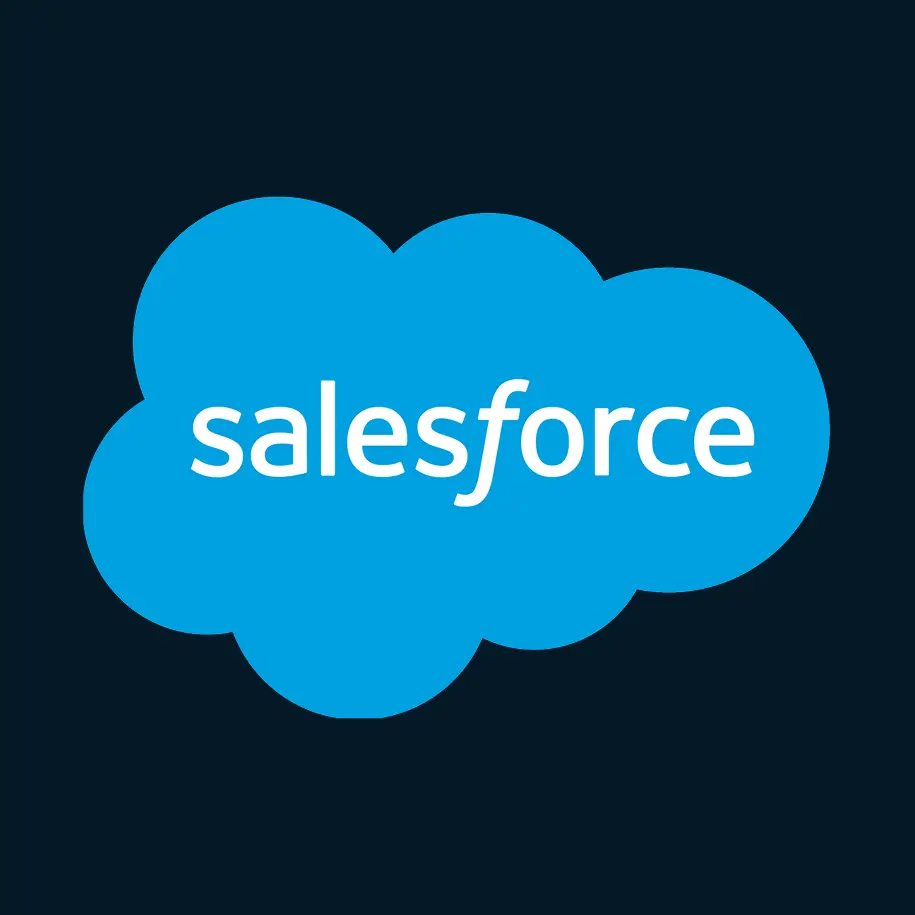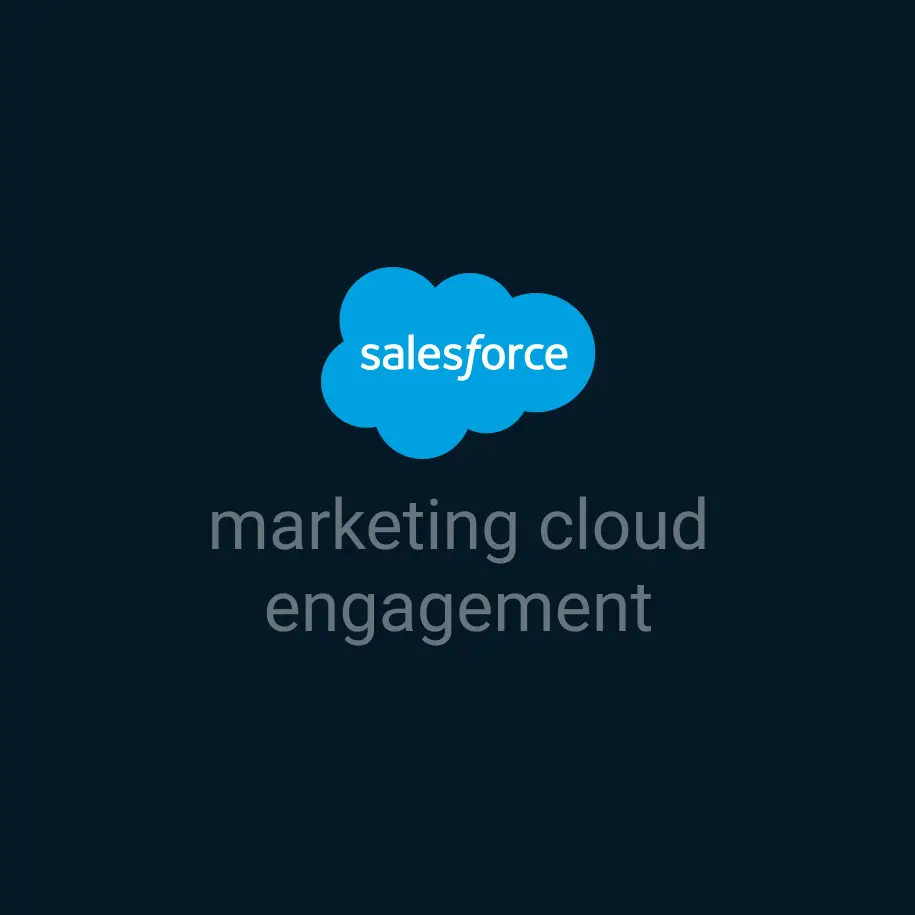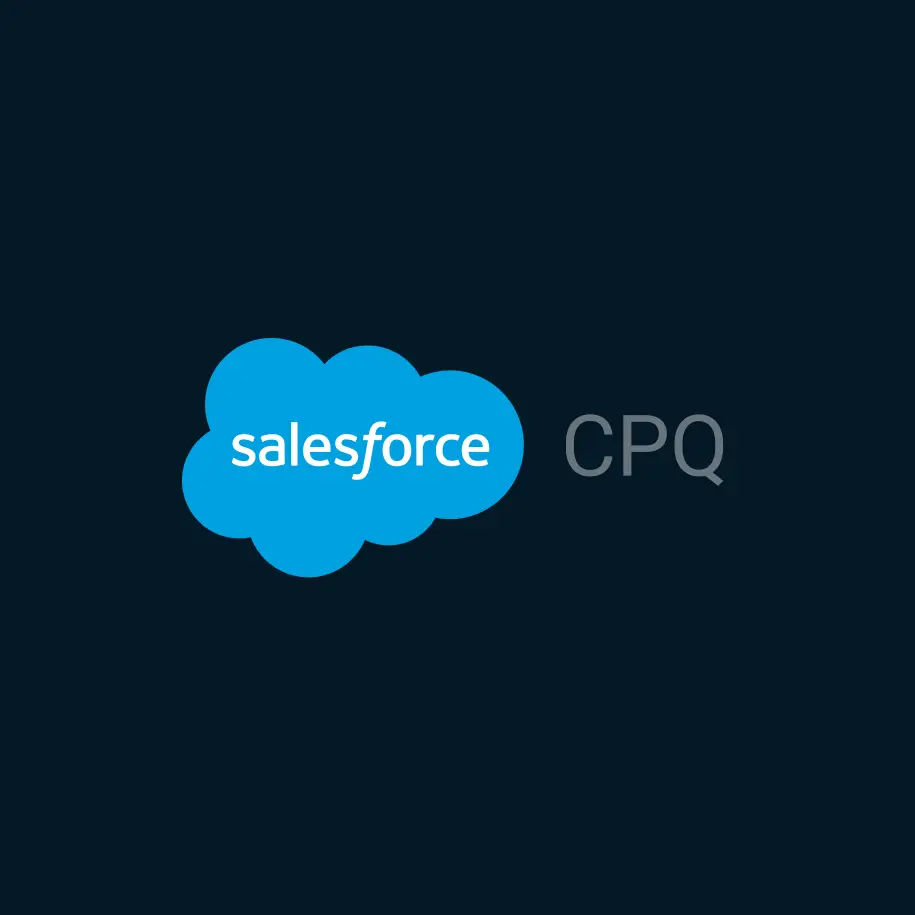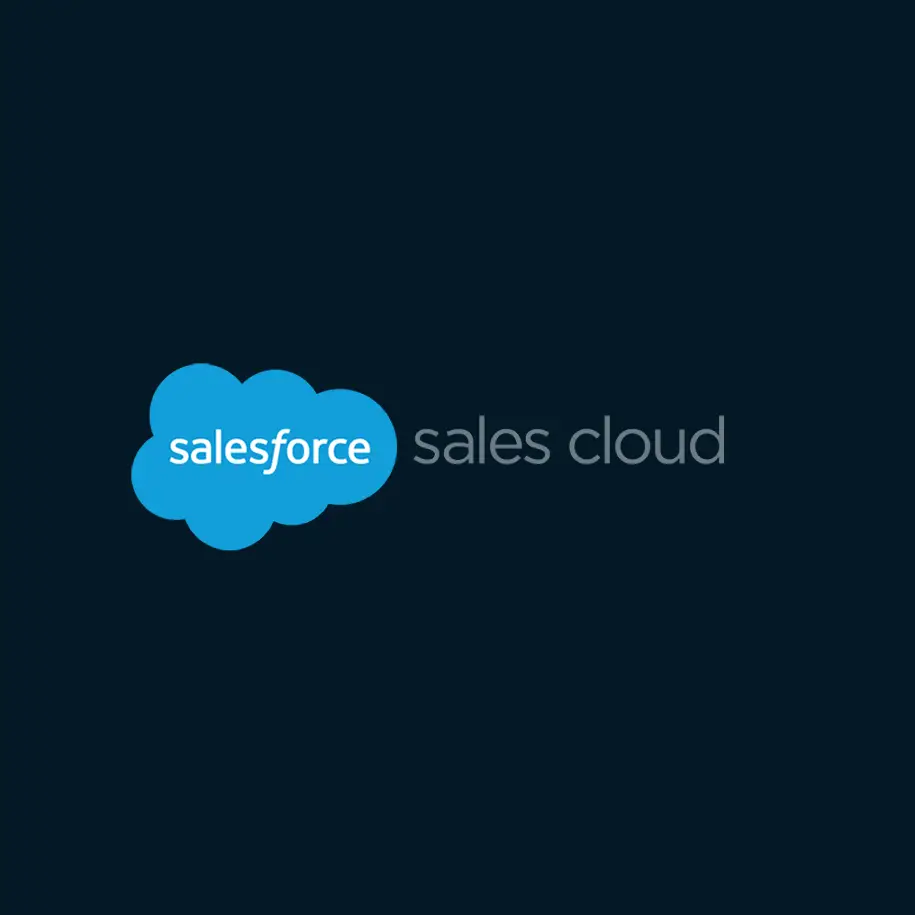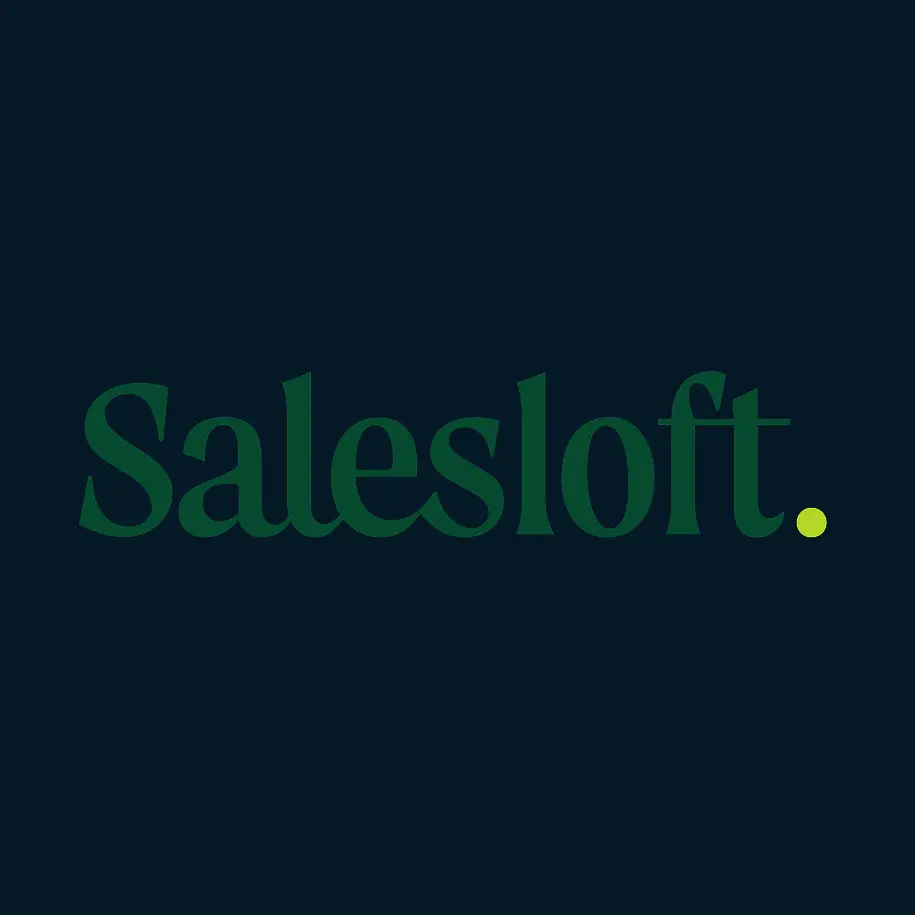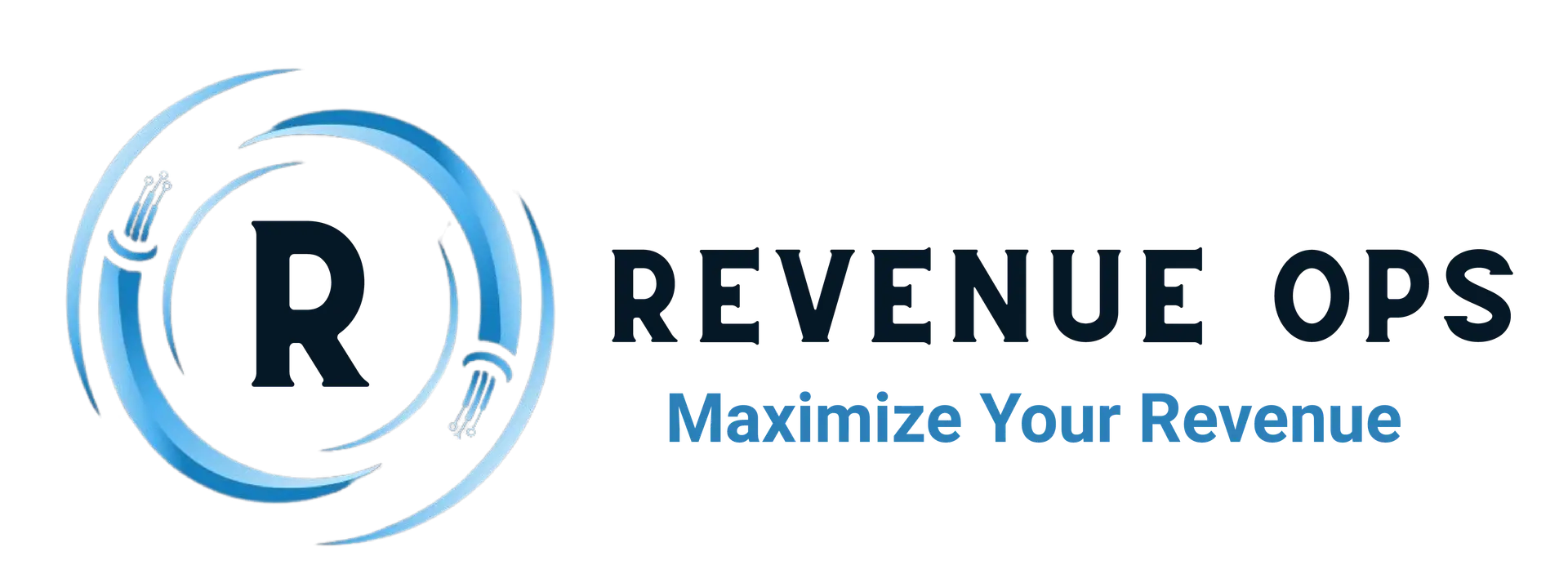
Revenue Operations Framework: How to Build a Unified GTM Engine
Let’s be real for a second: most growth teams are doing their best with disconnected systems, messy handoffs, and “quarterly reset” fire drills. If that sounds familiar, you’re not alone — and you’re definitely not broken. You just need a better operating system.
That’s where a Revenue Operations (RevOps) framework comes in.
So, What Is a RevOps Framework?
It’s not a magic bullet, a fancy playbook, or a shiny new tool. It’s your company’s blueprint for how Sales, Marketing, and Customer Success actually work together — not in theory, but day to day.
A RevOps framework brings order to chaos. It helps you:
- Align teams on shared goals and definitions
- Build repeatable processes that don’t break when you scale
- Get visibility into what’s working (and what’s not) across the funnel
At its core, it’s about clarity. About momentum. And about building a growth engine that doesn’t stall out every time your headcount or product offering changes.
The Building Blocks of a Real-World RevOps Framework
You don’t need to reinvent the wheel. Most strong RevOps frameworks include five essential components:
1. Strategic Alignment
Get everyone pulling in the same direction. That means:
- Shared revenue targets
- Clear lifecycle definitions (what’s an MQL, really?)
- Agreement on who owns what, when
You’d be surprised how much chaos comes from teams operating with different definitions of “qualified.”
2. Standardized Processes
This is where things go from “we make it work” to “this actually works.”
- Lead routing rules
- Sales and CS handoffs
- Feedback loops between Marketing and Sales
If you can’t sketch it on a whiteboard, it’s not a process — it’s a workaround.
3. Connected Tech Stack
Yes, tools matter. But only if they’re talking to each other and supporting your processes.
- CRM (Salesforce, HubSpot, etc.)
- Marketing automation
- CS platforms
- Reporting tools
It’s not about how many logos are in your stack — it’s about how seamlessly the data flows between them.
4. Data & Visibility
You need to know what’s happening right now, not just what happened last quarter.
- Dashboards by team and funnel stage
- Single source of truth for metrics
- Alerts when things go sideways
RevOps teams don’t just report the news — they see it coming.
5. Enablement & Accountability
Even the best playbook won’t work if no one’s reading it.
- Onboarding programs that actually stick
- Self-serve documentation
- Quarterly business reviews with teeth
You’re not just building a system — you’re building a culture.
How to Build a RevOps Framework (Step-by-Step)
You don’t need to do this all at once. Here’s a phased approach we use with clients:
Step 1: Audit What You’ve Got
Start with an honest look:
- Where are leads falling through the cracks?
- Which metrics are fuzzy or missing?
- What’s creating friction between teams?
Step 2: Map Your Customer Journey
Plot the full experience — from first touch to renewal or churn. Then ask:
- Are we showing up consistently at every stage?
- Do our tools support this journey, or slow it down?
Step 3: Define KPIs and Ownership
Pick a few north star metrics and assign clear owners. Pro tip: shared metrics (like pipeline velocity) drive better collaboration than siloed ones.
Step 4: Clean Up Your Tech Stack
You probably have tools doing the same job — or not doing their job at all. Consolidate. Integrate. And document everything.
Step 5: Launch, Learn, Repeat
Roll it out. Expect bumps. Measure often. Adjust quarterly. This isn’t a one-and-done — it’s an operating rhythm.
What a RevOps Framework Looks Like in Action
We recently worked with a B2B SaaS company that had great products, strong teams, and completely disconnected operations. Marketing was sending leads, Sales wasn’t following up in time, and Customer Success didn’t know what was promised in the first place.
We helped them implement a RevOps framework:
- Aligned their funnel definitions
- Built an automated lead scoring and routing system
- Created a shared dashboard across teams
The result? A 22% improvement in sales velocity, and way fewer Slack arguments.
Watch Out for These Common Mistakes
- Skipping alignment: If leadership isn’t bought in, it’ll fall apart in the middle.
- Overengineering the tech: Automate later. Get the process right first.
- Measuring everything (and nothing): Pick KPIs that actually drive decisions.
Wrapping It Up: Your Framework Is Your Growth Engine
The fastest-growing companies aren’t just running good campaigns or hiring great reps. They’re building systems that align every part of the funnel — and they’re doing it with intention.
A RevOps framework isn’t a luxury. It’s your unfair advantage.
Let’s Build Yours
Want help designing a RevOps framework that fits your business like a glove?

